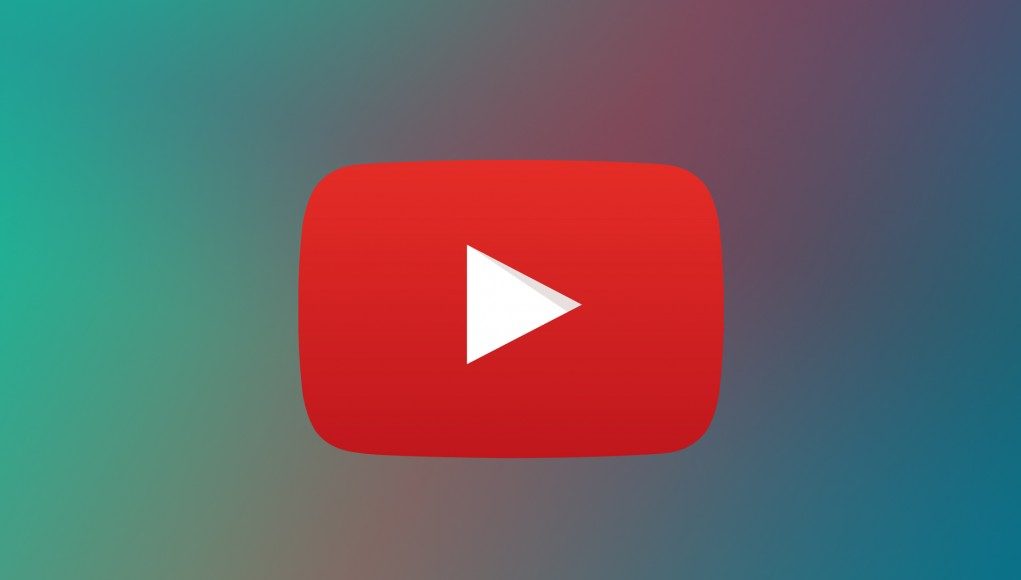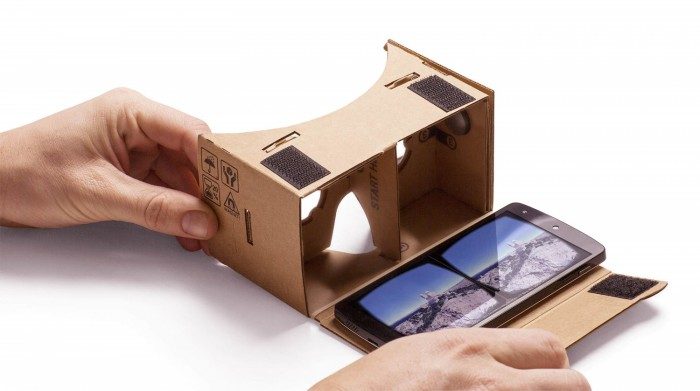Today YouTube announced that the video streaming service will now support 360 degree video that can be viewed in the browser or through the Android YouTube app. There’s no VR support yet, but I’ve got a feeling that we can count on it coming soon.
It feels like it’s been a long while coming, but that’s probably just because we’ve been watching this space so closely as the world of VR video evolves. Of course it isn’t exactly trivial to add a huge new feature like 360 video compatibility to the world’s largest video sharing platform, one that sees more than 300 hours of video uploaded per minute.
Today’s initial rollout brings support for 2D 360 degree video to Chrome and the Android YouTube app, though it doesn’t appear that there’s any VR mode just yet (which would mean a side-by-side view for each eye, headtracking for view control, and, ideally, stereoscopic support). Below you can see can see an example of a YouTube 360 video, which should be functional right here if you’re using a recent build of chrome:
On the Android app, accelerometer-based view control is already supported, it’s just missing the split-eye view for Cardboard and other VR smartphone adapters. In Chrome on the desktop, the 360 degree view is controlled via the mouse.
See Also: With 500,000+ Units Shipped, Google Just Got Serious About Cardboard
There’s good reasons to believe that we’ll soon see virtual reality support from YouTube. VR is very much on Google’s radar. The official Cardboard app actually already has a virtual reality YouTube environment, but for now it’s only steaming flat videos. Furthermore, Google has experimental builds of their Chrome browser which already support the basics of VR on the web (even on mobile!). And to top it off, the company has been hiring specifically for virtual reality positions since at least December.
While there’s no mention of VR from the company’s YouTube 360 announcement today, what I see is a foundation being laid for support that’s soon to come.








